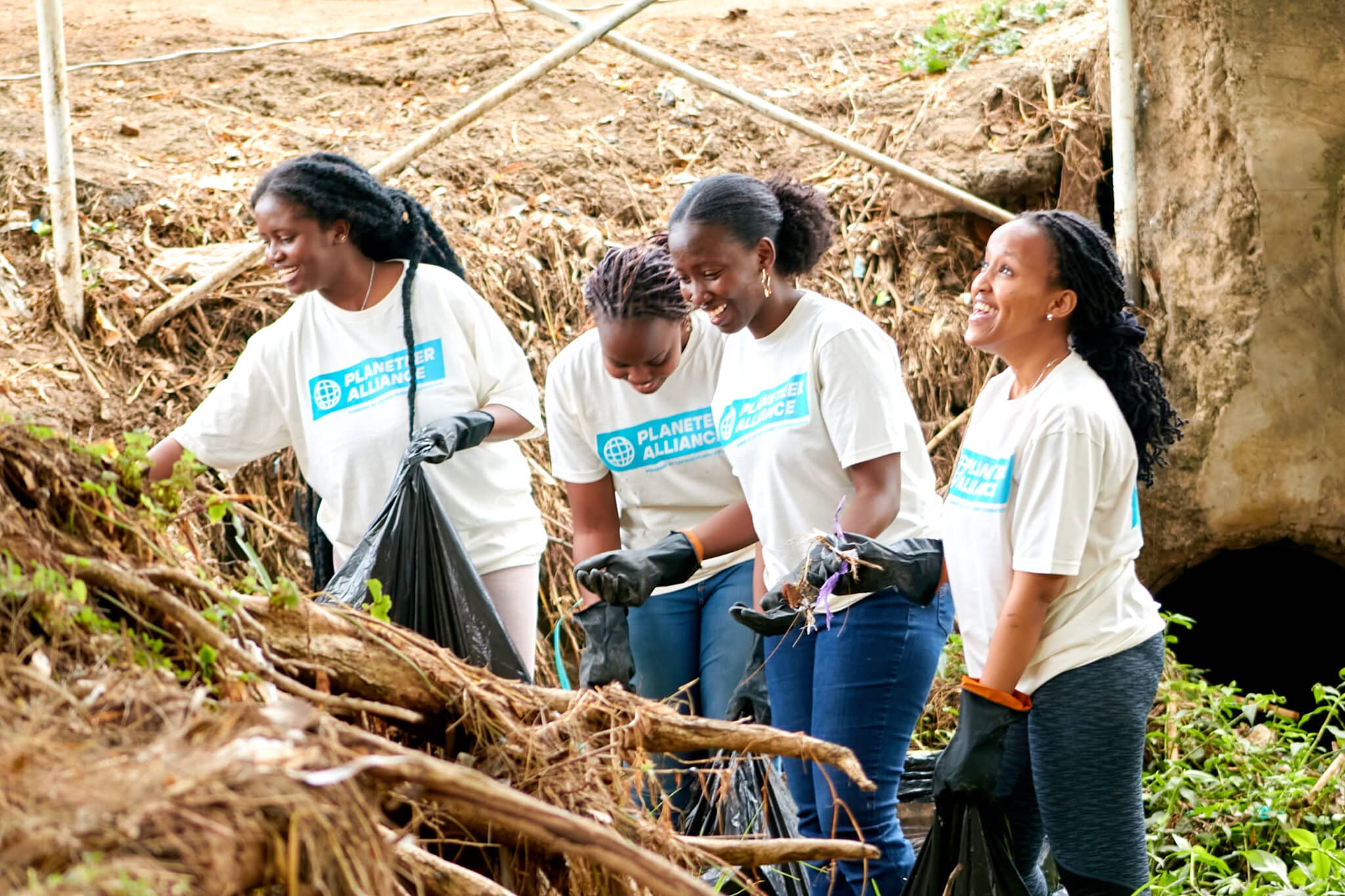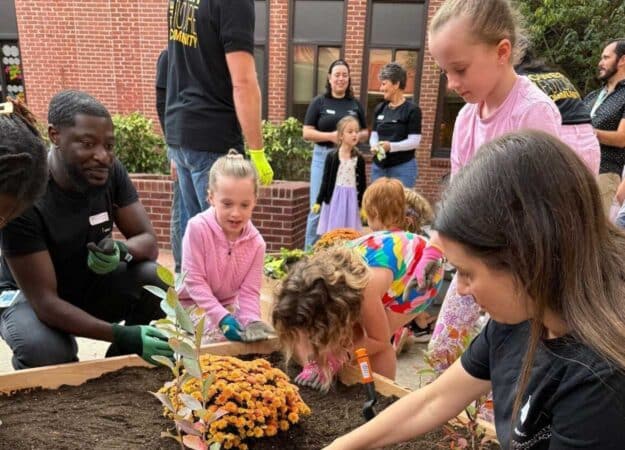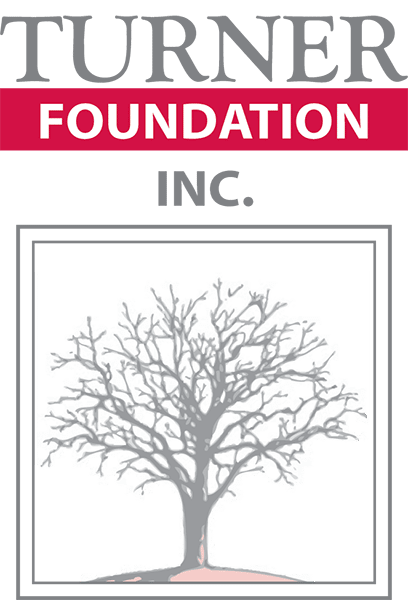
WE ARE
PLANETEERS

WE
ENGAGE

WE
EMPOWER

WE
PROBLEM SOLVE
What’s Happening
Special thanks to our Visionary Sponsors
Our Programs

Providing schools with gardens, strategies, and a program for building effective and long-lasting garden-based learning programs and healthy food access.

Online Quests with off-screen activities that challenge and guide students to make a meaningful difference for locally threatened and endangered species and ecosystems.















